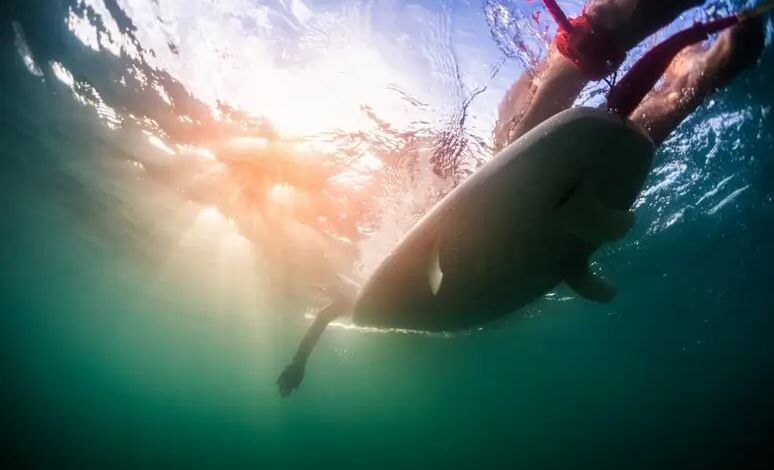Sharks may bite humans because they mistake us for seals and sea lions

Humans and seals look remarkably similar in the water from a great white shark’s perspective, suggesting that shark bites on humans may be a case of mistaken identity.
Although shark bites on humans are extremely rare, they cause a significant and disproportionate amount of public concern.
“By better understanding why sharks are biting people we can come up with better mitigation technologies that are less invasive for sharks and other marine life, whilst being effective for humans,” says Laura Ryan at Macquarie University in Australia.
Ryan and her colleagues made separate video recordings of a seal and a sea lion swimming in their tanks at Taronga Zoo’s aquarium in Sydney, Australia, and also recorded people swimming and paddling on a surfboard in a tank. They used a static camera fixed to the bottom of each tank, looking up, and a camera mounted to an underwater scooter that mimicked the movement of a great white shark (Carcharodon carcharias), one of the three main shark species responsible for shark bites on humans.
To assess the visual similarity of the surfers and animals from the perspective of juvenile great white sharks, which are responsible for the majority of shark bites, the team analysed the video recordings using a model of the sharks’ visual system, taking into account their colour blindness and inability to see detail.
The team found that the sharks would see little difference between the motion of humans swimming, humans paddling on surfboards and seals and sea lions swimming. The team also found that seals and sea lions with their fins out looked similar in shape to human swimmers and surfers.
These findings show that great white sharks may find it hard to visually distinguish humans, seals and sea lions from below, supporting the idea that shark bites are cases of mistaken identity.
Explore the rich biodiverse waters of the Azorian IslandsSpot blue and sperm whales on a Discovery Tour
“Sharks have this historical bad public perception, as mindless, man-eating animals. We’re showing that that’s not the case,” says Ryan. “They’re following what their visual system is telling them is potential prey.”
Daryl McPhee at Bond University in Australia says: “While we can never eliminate unprovoked shark bite, the work contributes to designing further evidence-based visual approaches that may reduce the risk of a white shark bite occurring.”
source:.newscientist

